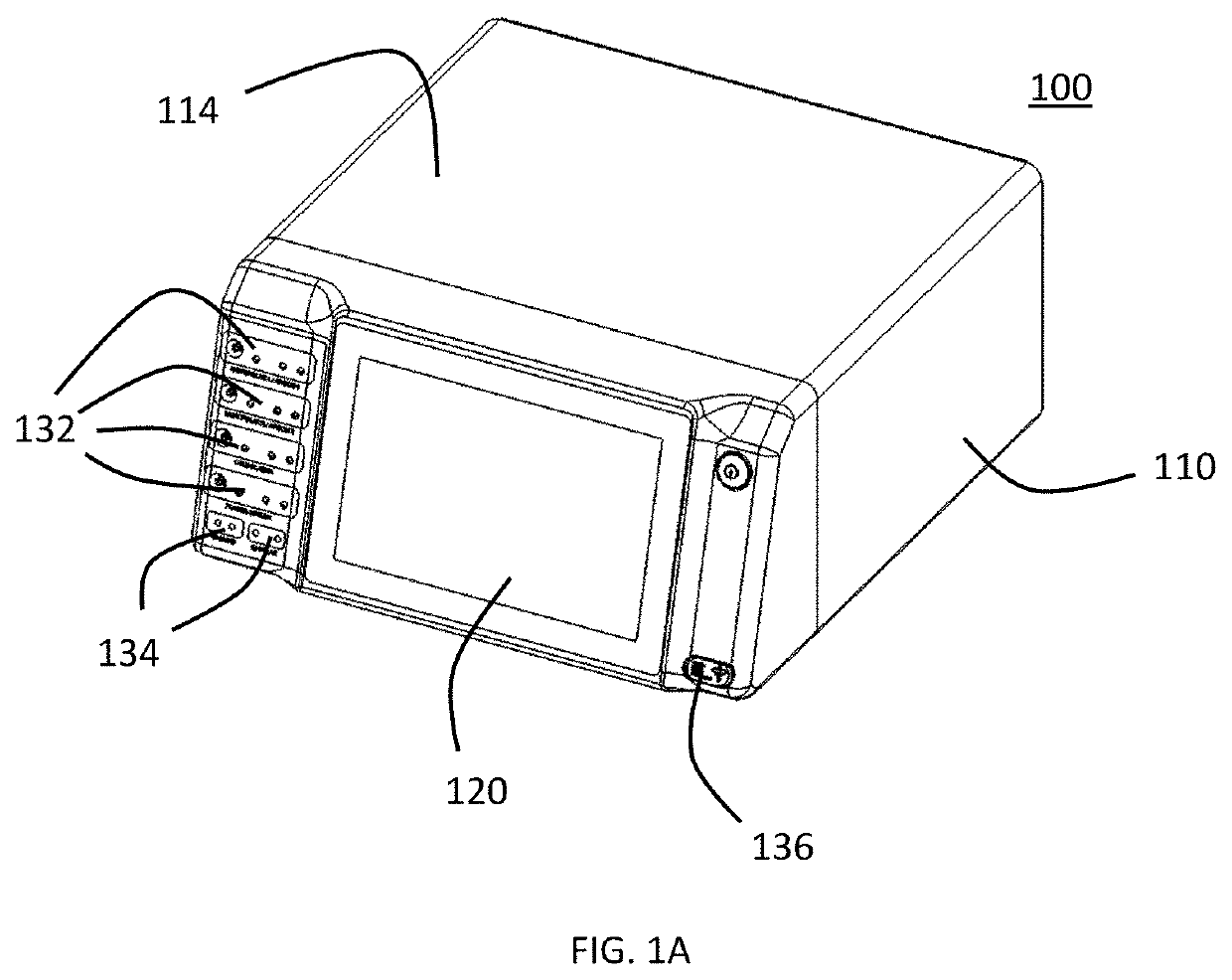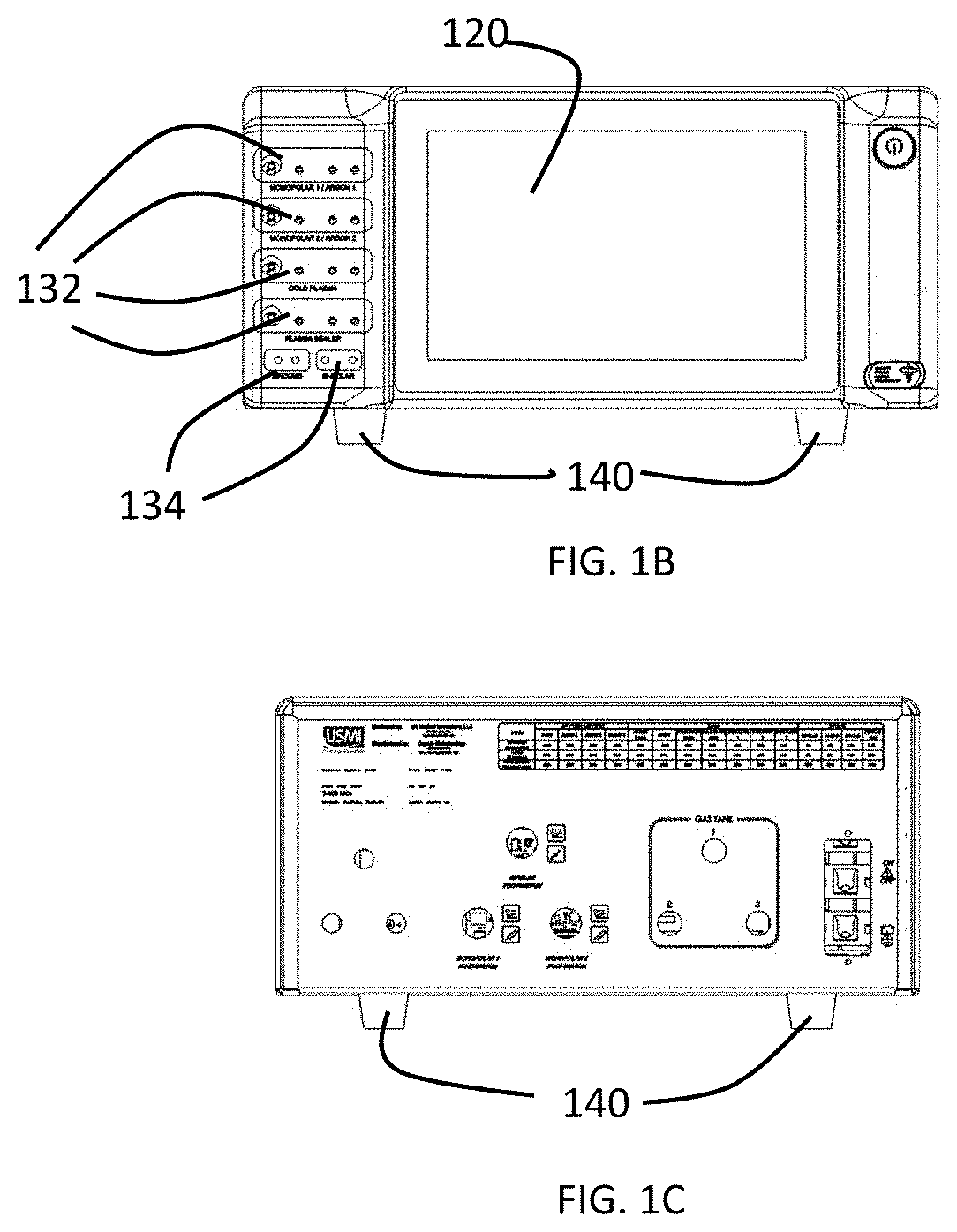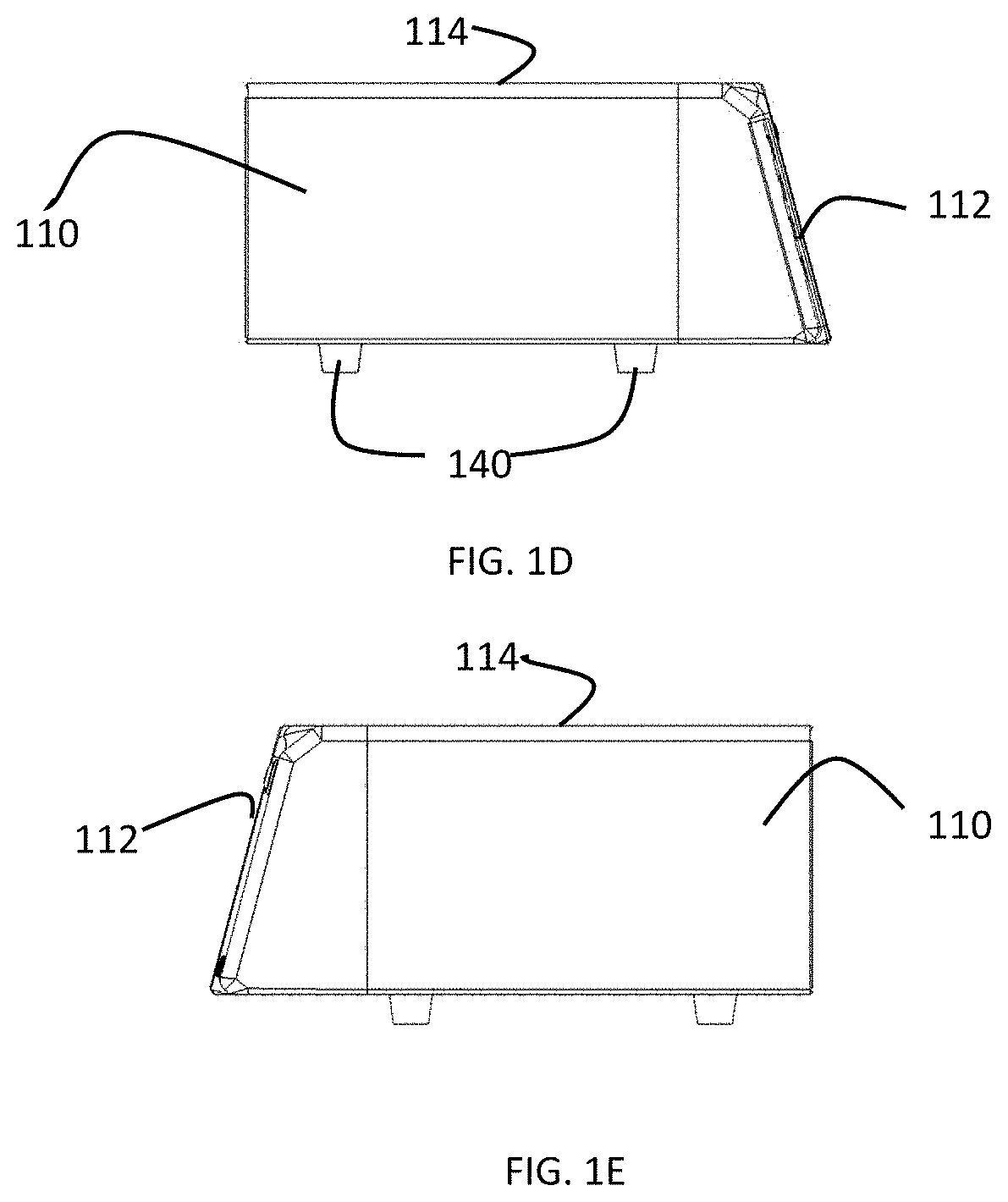System and Method for Pre-programmed Cold Atmospheric Plasma
a technology of pre-programmed cold atmospheric plasma and system, applied in the field of systems and methods for using cold atmospheric plasma, can solve the problems of unaffected cells and cancer deaths
- Summary
- Abstract
- Description
- Claims
- Application Information
AI Technical Summary
Benefits of technology
Problems solved by technology
Method used
Image
Examples
Embodiment Construction
[0041]As shown in the experiments discussed below, various cancer cell line can be tested to provide a rough prediction of which cells lines are susceptible to treatment with CAP and further, the various cancer cell lines can be tested at varying settings or dosages of the CAP treatment on provide an estimate of which CAP treatment settings or dosages will provide the greatest effect on particular cancer cell lines. In a preferred embodiment of the present invention, the results of such testing are used to generate a database of cancer cell lines with associated predicted optimum settings or dosage data and optionally effectiveness data. This database can be stored in memory or other storage in a CAP capable electrosurgical system or can be in an external storage, for example, accessible through a server or cloud computing system, that can be accessed by a CAP capable electrosurgical system. The database effectively pre-programs the system to treat a particular cancer cell line with...
PUM
 Login to View More
Login to View More Abstract
Description
Claims
Application Information
 Login to View More
Login to View More - R&D Engineer
- R&D Manager
- IP Professional
- Industry Leading Data Capabilities
- Powerful AI technology
- Patent DNA Extraction
Browse by: Latest US Patents, China's latest patents, Technical Efficacy Thesaurus, Application Domain, Technology Topic, Popular Technical Reports.
© 2024 PatSnap. All rights reserved.Legal|Privacy policy|Modern Slavery Act Transparency Statement|Sitemap|About US| Contact US: help@patsnap.com










